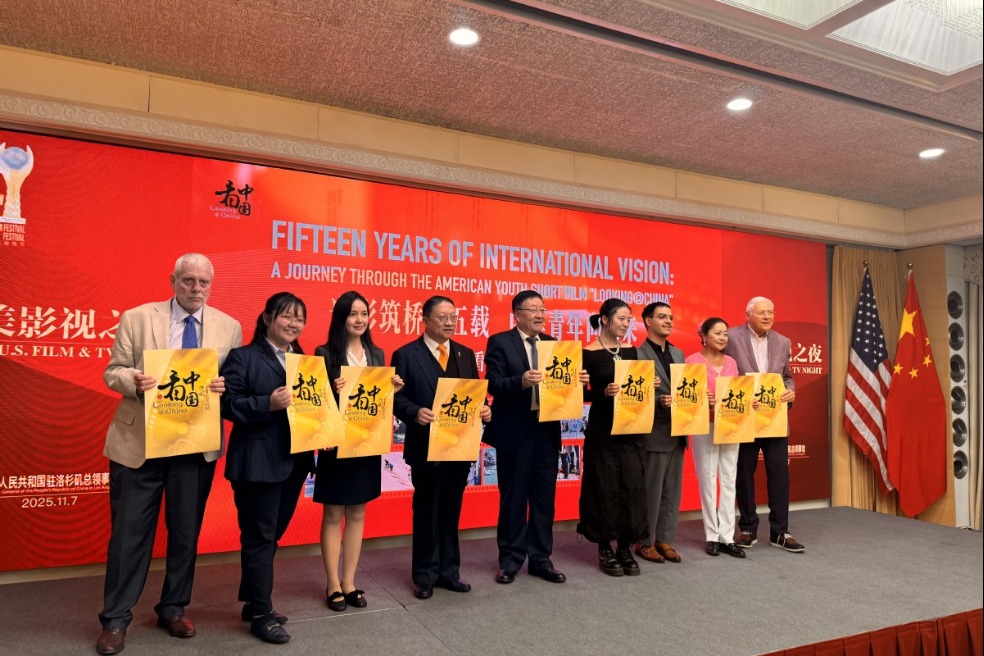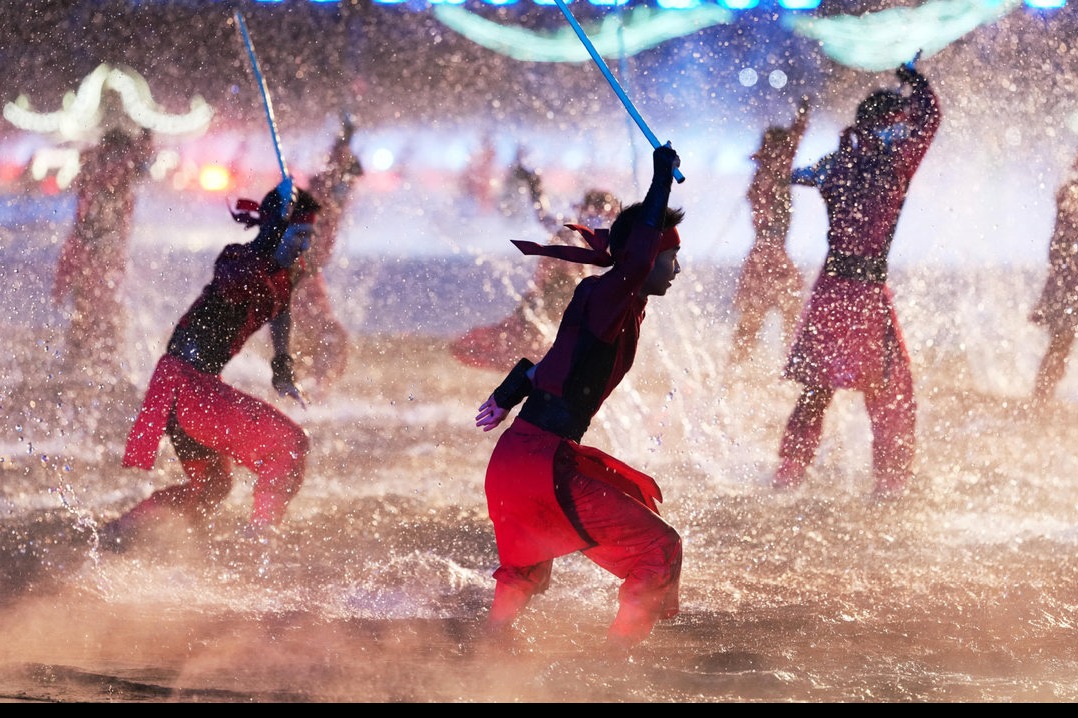Casting light into the shadows of the past
Discoveries reveal elaborate rituals for divine sacrifice, Wang Ru reports.
By Wang Ru | China Daily | Updated: 2024-01-09 05:56

"So far, we have learned that the Qin people's sacrificial system mainly consisted of three types, one to worship ancestors, like the Majiazhuang ancestral temple ruins in the central area of Yongcheng city ruins, one to worship heaven like yongwuzhi and the last to worship mountains and rivers," says Jiao.
"Yongwuzhi, represented by the Xiazhan site, was an important stage for rituals that worshipped heaven in ancient China," he adds.
During the reign of Emperor Wu of the Han Dynasty, from 141 to 87 BC, the status of Yongcheng and yongwuzhi gradually declined. And yongwuzhi was totally replaced by temples of heaven and earth in Chang'an, the capital at the time in what is now Xi'an, Shaanxi province, at the end of the Western Han Dynasty.
According to Jiao, although yongwuzhi ceased to function then, the content, form and central connotations of the sites remained and, in many facets, were developed during later dynasties, shown by the function of the Temple of Heaven in Beijing, where Ming and Qing emperors regularly went to worship heaven and pray for rain and a good harvest.
























